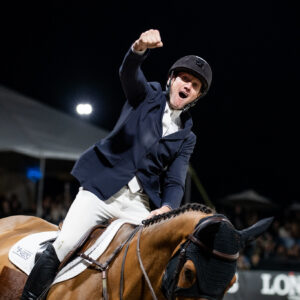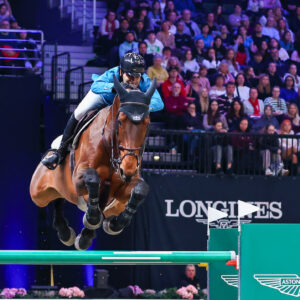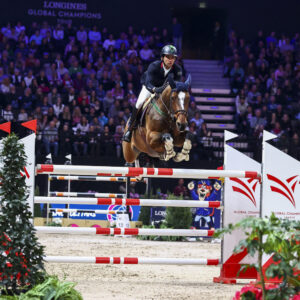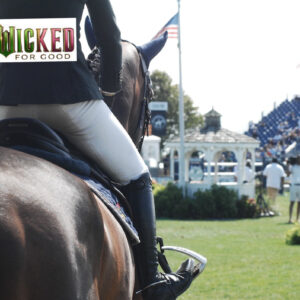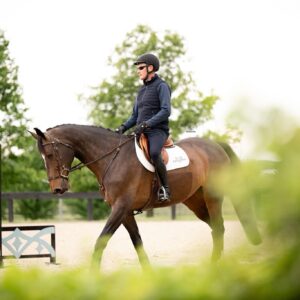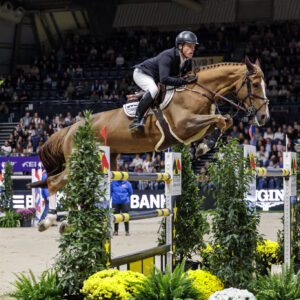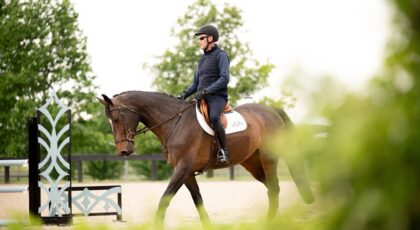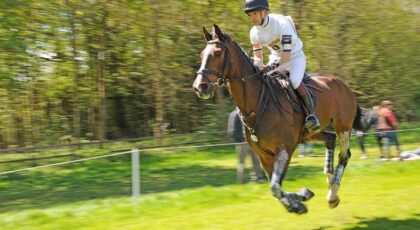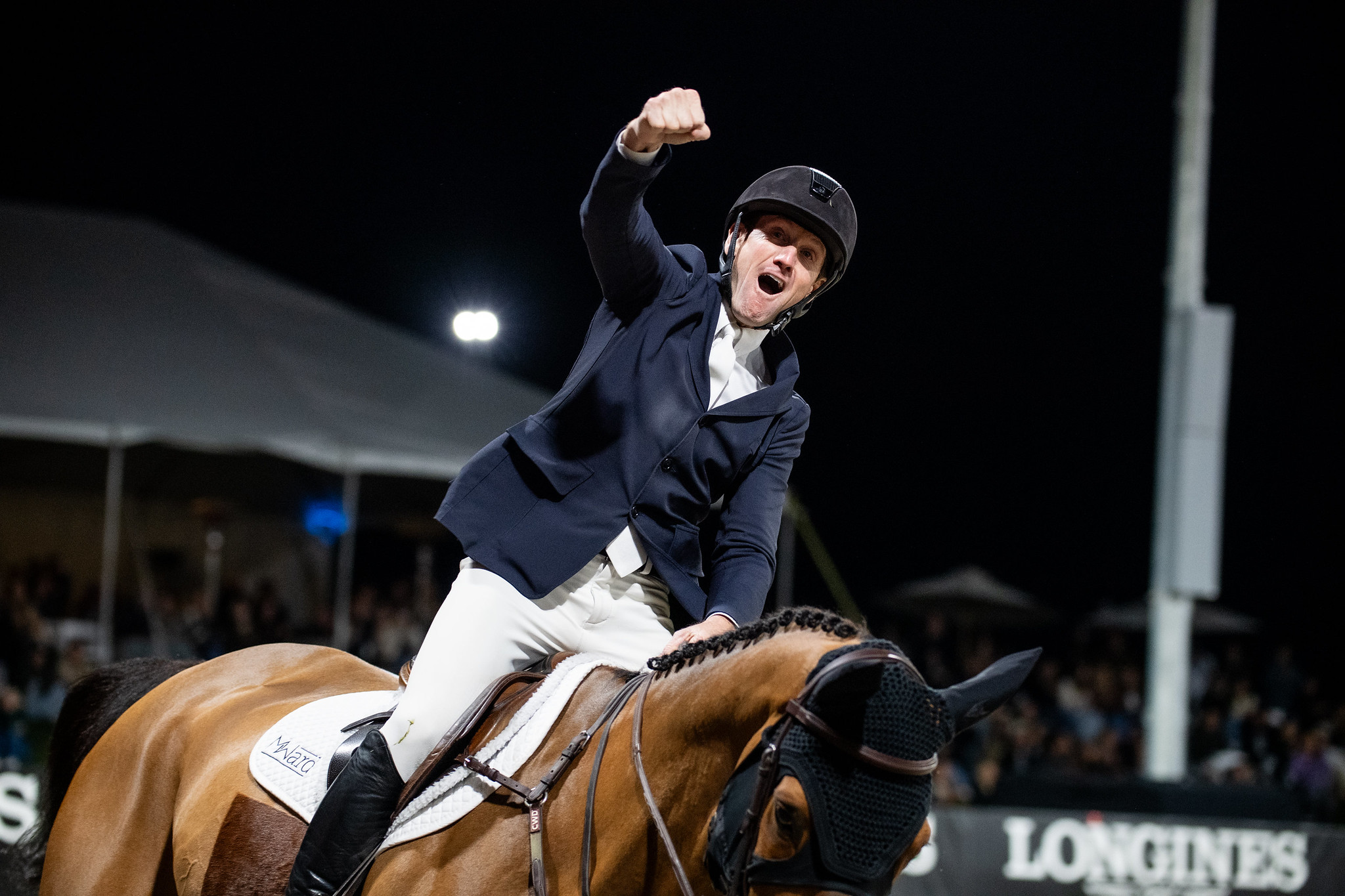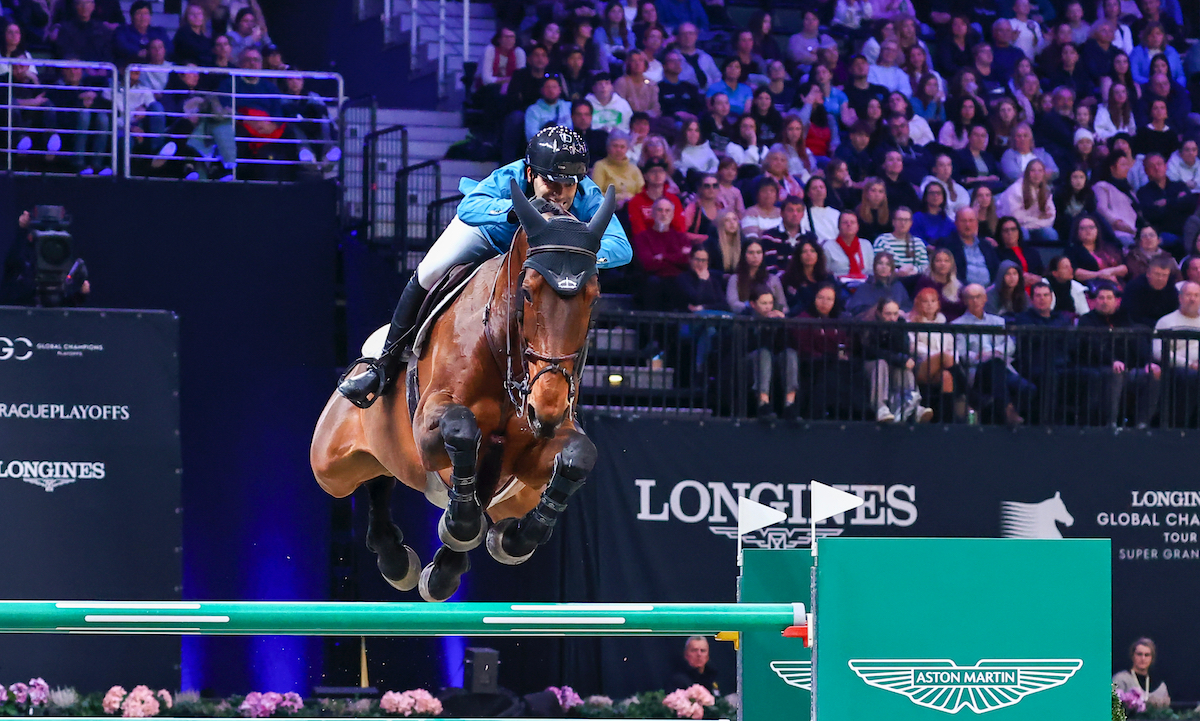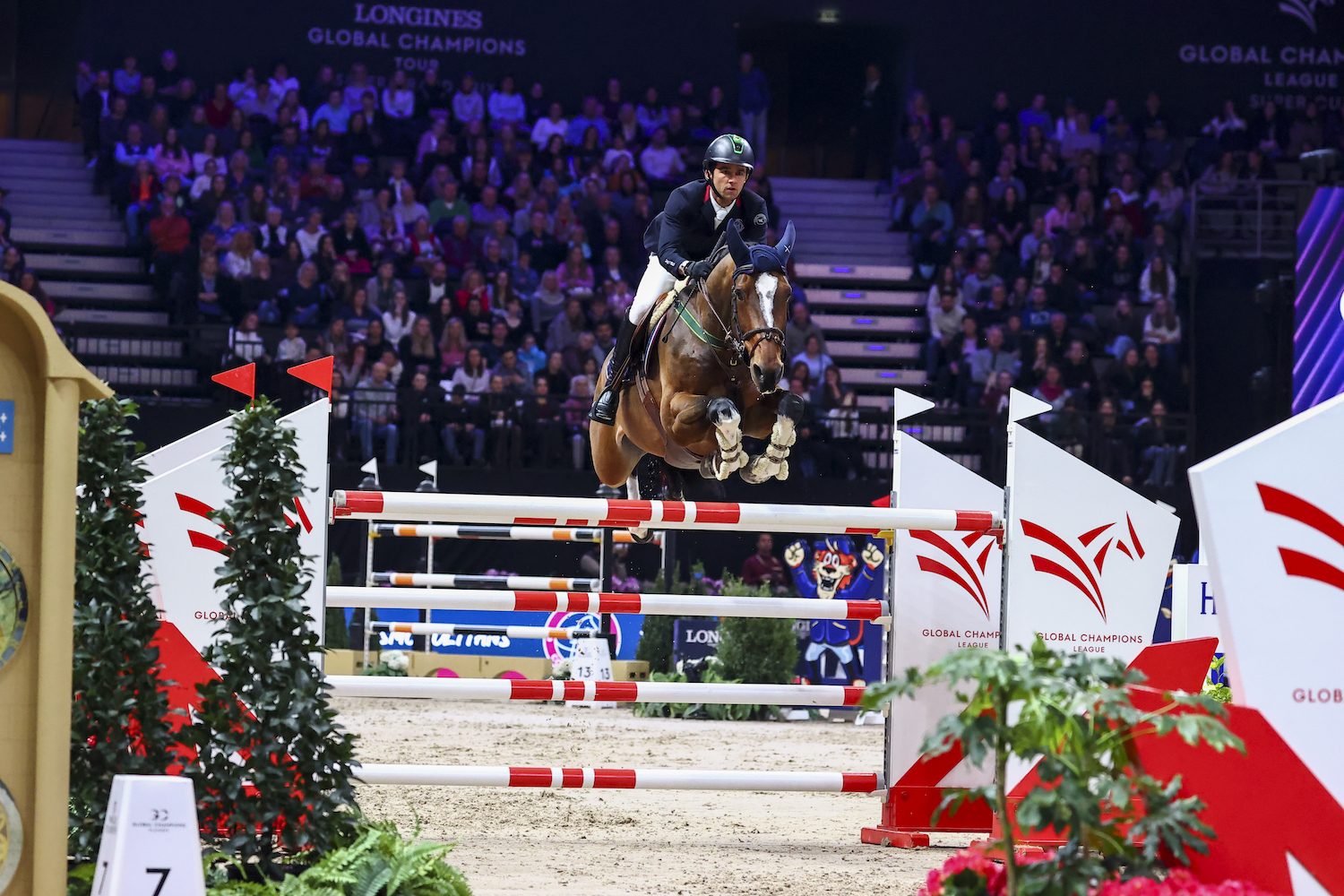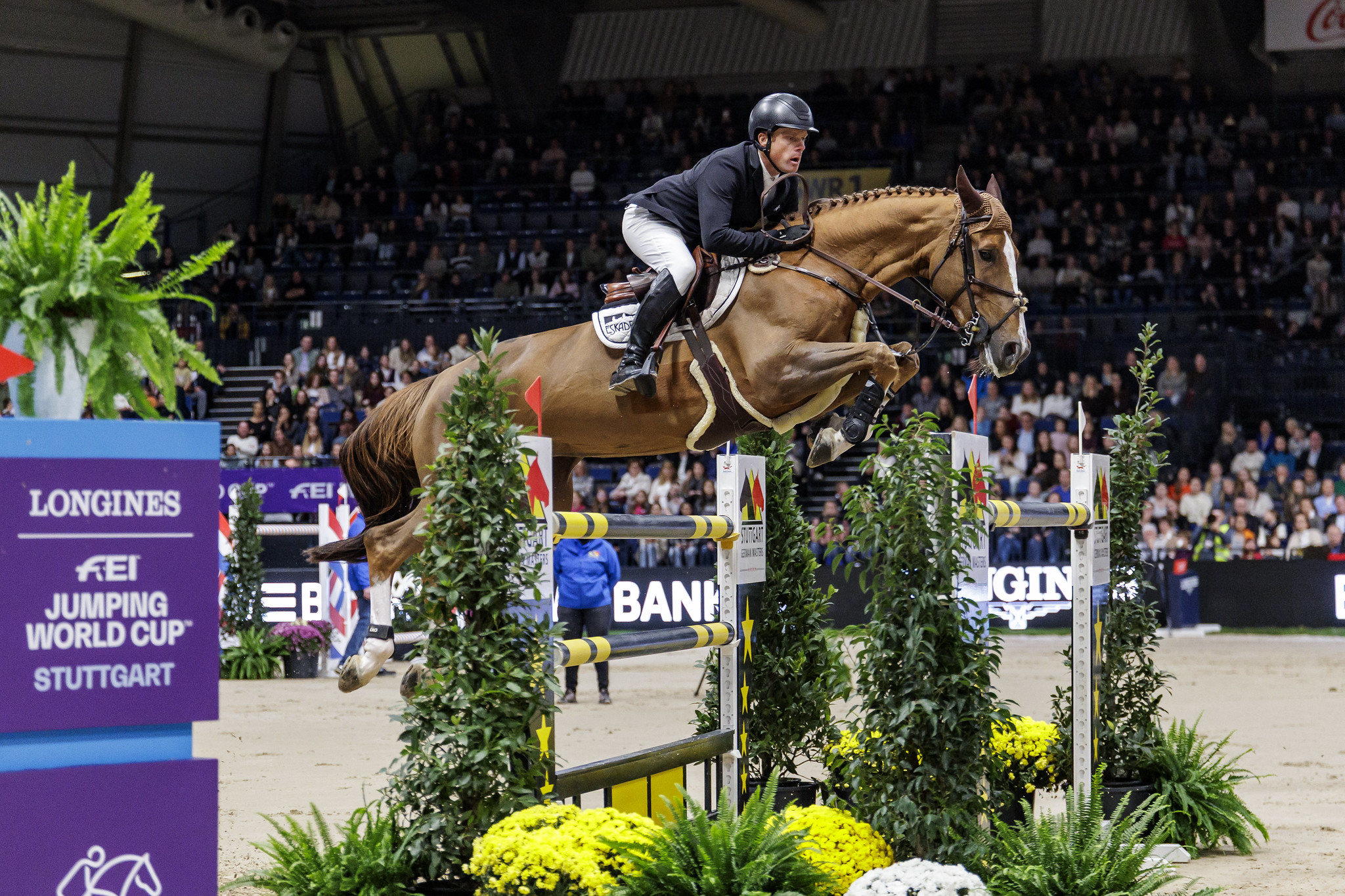I hate working with numbers. I always have and I always will. I much prefer the subjective world in which words live.
With words and I can write and talk about horses and with horses I can avoid numbers. Or so I thought.
Horse Racing
Nowhere else in the horse world are numbers, or fractions thereof, more prevalent than in the racing industry. Whether you’re talking times, distances or wagers, numbers are all over the place. If you want to avoid them but still have a day at that races might I suggest you place your $2 bet on the prettiest horse. Which of course, is what I do.
Distances
The most common measurement for distance in horse racing is the imperial furlong, which is roughly 660 feet or 220 yards or 0.125 miles or 0.201 kilometres. Interestingly, the word comes from the Old English furlang, which was originally the length of a furrow in a 10-acre field.
Curious to know how different countries measure their races I dug out some old racing programs I have. I started with Santa Anita and Woodbine and deduced that in North America, you can expect to find the distance measured in the handy and easily convertible imperial system. Ergo you may see races that are 6 furlongs in length, or 1 mile, or 1 mile and 70 yards. I have no idea how long a yard is so they might as well have said the race was a mile and a bit long.
If you head overseas and spend a day at the races in Ireland or Scotland, you can rest assured they spell it out for you. I went to some steeplechase races in Scotland last year and in the program when stating the distance of a race it wrote, “About three miles (2M 7F 180YDS) (4,700m)” and also gives you a diagram with the start and finish. It’s just so many numbers but a nice breakdown for those in doubt.
In Ireland, the program was much the same but took one extra step and stated “Less than 1 circuit from start to finish” with a depiction of the track so there is no confusion.
The Poles
There are a lot of pretty coloured poles around a racetrack and they all mean something different, however, they all have the same purpose. The poles are used to measure how far a horse has travelled and how much further it needs to go.
Each pole is allocated a special number or rather fraction. In North America, black poles represent 1/16 of a mile, green poles 1/8 of a mile and red poles are 1/4 of a mile. That sounds easy but don’t be fooled. The trick to figuring these poles out is to start at the finish line and work your way backwards. The colour order of the poles working clockwise is black, green, black, red, black, green… There are eight black poles, four green and four red, which was harder to figure than you might think.
For the sake of simplicity, this is what you will be looking at, pole-wise, on a mile track.
1st pole – Black 1/16 mile marker
2nd pole – Green 1/8 mile
3rd pole – Black 3/16 mile
4th pole – Red 1/4 mile
And so, it continues until they add up to one mile and you find yourself back at the finish line.
It just seems like a lot of thinking.
Riddle Me This

I’m not going to bother getting too deep into the lingo clockers use such as, “He went in 48 and 1, out in 101 and 1.” I know they are alluding to how fast a horse worked in the morning but have no idea if it’s good or bad. It means nothing to me.
My friend Big Anne, whom I’ve mentioned before and who is not in actuality big, gave me those numbers. My response was one of bewilderment, so she broke it down for me.
The “48 and 1” is shorthand for 48 and 1/5 seconds going four 4 furlongs.
The “out in” is Greek for the horse continued working or going strong past 4 furlongs and was clocked again at 5 furlongs.
The “101 and 1” is crazy talk for 1 minute, 1 second and 1/5 of a second.
And this phrase and others like it are passed around at 5 a.m.
Big Anne went on to explain the other numbers handicappers are keen to learn that are found in the Daily Racing Form (DRF), and all I can say is that’s a bridge too far. I will not entertain anything from the DRF because it’s too baffling and I haven’t the time.
Side Note
Quarter horse races in North America are measured in yards despite the breed receiving its name due to their ability to sprint a quarter of a mile faster than other breeds. Should we call them Yard Horses?
Betting
This is math central, and I don’t pretend to know what I’m talking about, but I managed to figure out a few calculations. Bear in mind this is only for your bog-standard North American bet. As with the DRF, I have no interest in entertaining the fancy wagers such as the superfecta, the rolling daily double or the super high, or how they do it in other parts of the world.
Let’s say you have $2 burning a hole in your pocket and you go to the track in hopes of doubling your money. To do that it would be helpful to know how to calculate the odds. I’m aware this is child’s play for some, but it isn’t for me and I’m never too embarrassed to admit when I don’t know something. And until I hit the internet in earnest, I didn’t know any of this.
$2 bet on 20/1 odds
2×20 = 40
40÷1 = 40
40+2 = 42
$42.00 return on a $2 bet with 20/1 odds
$2 bet on 7/5 odds
2×7 = 14
14÷5 = 2.8
2.8+2 = 4.8
$4.80 return on a $2 bet with 7/5 odds
That just seems like an awful lot of math when all you wanted to do was look at horses. I just pick the pretty ones or the ones with cool names.
Pro tip: Don’t put money on a racehorse that looks like they would make a nice show horse, because they probably would make a nice show horse which means they are a slow racehorse.
The Sum of it
If you love horses and are the type of person that loves numbers, then you will love a day at the races. Godspeed to those that are willing to take the gamble.


 July 25, 2023
July 25, 2023 






